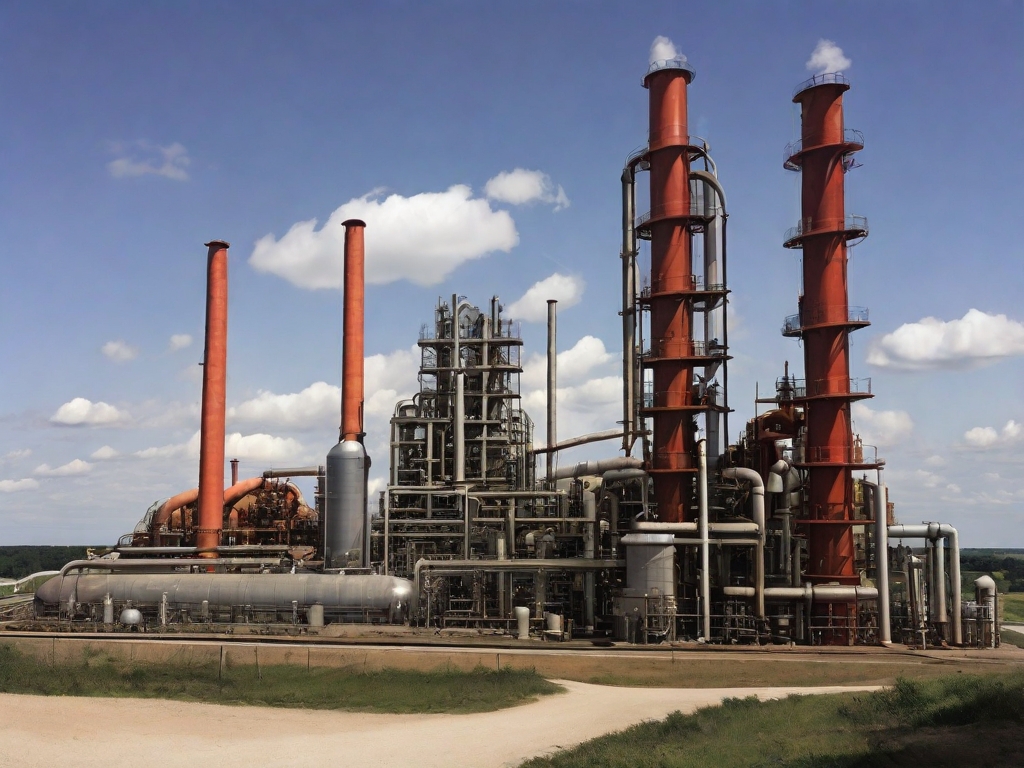When it comes to surveillance systems, the choice between intrinsically safe cameras and conventional systems can be a complex one. This article, brought to you by the Intrinsically Safe Store, aims to provide a comprehensive comparison of these two types of surveillance systems, helping you make an informed decision. We invite you to visit our website to explore a wide range of intrinsically safe products.
Understanding Intrinsically Safe Cameras
Designers create intrinsically safe cameras to operate safely in hazardous areas where flammable gases, vapors, or dust may be present. These cameras prevent the ignition of these substances by limiting the electrical and thermal energy in the camera to a level below what is required to ignite the hazardous atmosphere.
Conventional Surveillance Systems: An Overview
On the other hand, designers do not design conventional surveillance systems with these safety measures in mind. People typically use them in non-hazardous environments and they may pose a risk if used in areas with potentially explosive atmospheres.
Comparing the Two: Safety, Functionality, and Cost
Safety
When it comes to safety, intrinsically safe cameras have a clear advantage. Designers create them to operate safely in hazardous environments, which makes them an essential tool in industries such as oil and gas, chemical manufacturing, and mining.

Functionality
Both intrinsically safe cameras and conventional surveillance systems offer high-quality video surveillance. However, intrinsically safe cameras often come with additional features designed for hazardous environments, such as explosion-proof housings and advanced thermal imaging capabilities.
Cost
While intrinsically safe cameras may have a higher upfront cost than conventional systems, they can result in significant savings in the long run. The potential costs associated with an explosion or fire caused by a conventional camera in a hazardous environment can far outweigh the initial investment in an intrinsically safe camera.
Case Study: The Value of Intrinsically Safe Cameras
A case study from the oil and gas industry highlights the value of intrinsically safe cameras. A company operating in a hazardous environment switched from conventional surveillance systems to intrinsically safe cameras. This move not only improved safety but also resulted in cost savings due to reduced downtime and lower insurance premiums.
Making the Right Choice
When comparing intrinsically safe cameras with conventional surveillance systems, it’s clear that the former offers significant advantages in terms of safety and functionality, particularly in hazardous environments. While the initial cost may be higher, the potential for long-term savings and improved safety make intrinsically safe cameras a worthwhile investment.
At the Intrinsically Safe Store, we offer a wide range of intrinsically safe cameras designed to meet the needs of various industries. We invite you to explore our selection and contact us with any questions you may have. Our team of experts is ready to help you make the right choice for your surveillance needs.


























